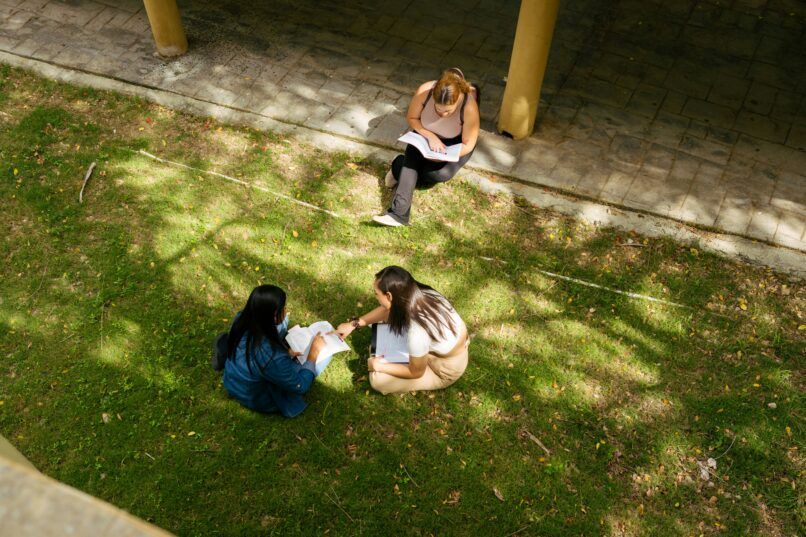
Children who have been in care, or have had experience of children’s social care – for example, through a child protection plan or a child-in-need plan – are more likely to be not in education, employment or training, and are also less likely to attend higher education – compared with their peers.
These inequalities are well documented, but less attention is paid to the routes that lead those young people into higher education – and the support that helps them succeed once there. To tackle these gaps meaningfully, we need to focus not only on widening access, but also on ensuring students can thrive once they arrive.
I recently chaired a lunchtime webinar at the Rees Centre, based at the Department of Education, University of Oxford, which produces research and evidence to help improve children’s social care and education. The webinar focused on a study led by Professor Leon Feinstein: Pathways into and through higher education for young people with experience of children’s social care. The study, funded by TASO and Foundations, is the latest publication from the centre’s post-16 research theme.
What the report shows
The report draws on newly linked national datasets to explore how young people in England with experience of children’s social care progress into and through higher education. It covers a broad group – including care leavers, those ever in care, and those who have been on a child protection or child-in-need plan – and compares their outcomes to peers in the general population and those eligible for free school meals. The findings highlight lower participation rates, greater reliance on vocational routes, later entry to higher education, and significantly higher dropout rates. The study calls for more inclusive pathways, sustained support throughout students’ journeys, and targeted efforts to improve both access and progression.
Reflections from the webinar
Three points from the webinar particularly resonated with me:
- First, the study highlights the importance of vocational courses as a route to higher education. If you have faced or are facing significant disruption to your education for whatever reason – and if you don’t have the economic and social safety net of family – a vocational qualification providing an identifiable route into employment may offer some security even if you aspire to enter higher education. As reflected in the panel discussion, this study highlights how vocational pathways are a critical enabler to allow these young people to get into higher education, but we need a more integrated tertiary system focused on collaboration and not competition between institutions to support this.
- Second, the findings of this study help to justify the recent extension of support provision at some universities to care-experienced students as opposed to those fitting the narrower statutory definition of care leaver. The data from this study suggest that inequality around entry and routes into higher education extend to the wider care-experienced cohort, and to those with any experience of children’s social care, for example, those who have ever been on a child-protection plan.
- Third, getting in matters – but getting on is just as important. Universities need to consider the raft of support and infrastructure needed for these students to thrive. The discussion also emphasised that it’s not only academic skills that matter, but a sense of ‘belonging’, and how universities have an active role in promoting that feeling among the cohort of students who have experienced children’s social care.